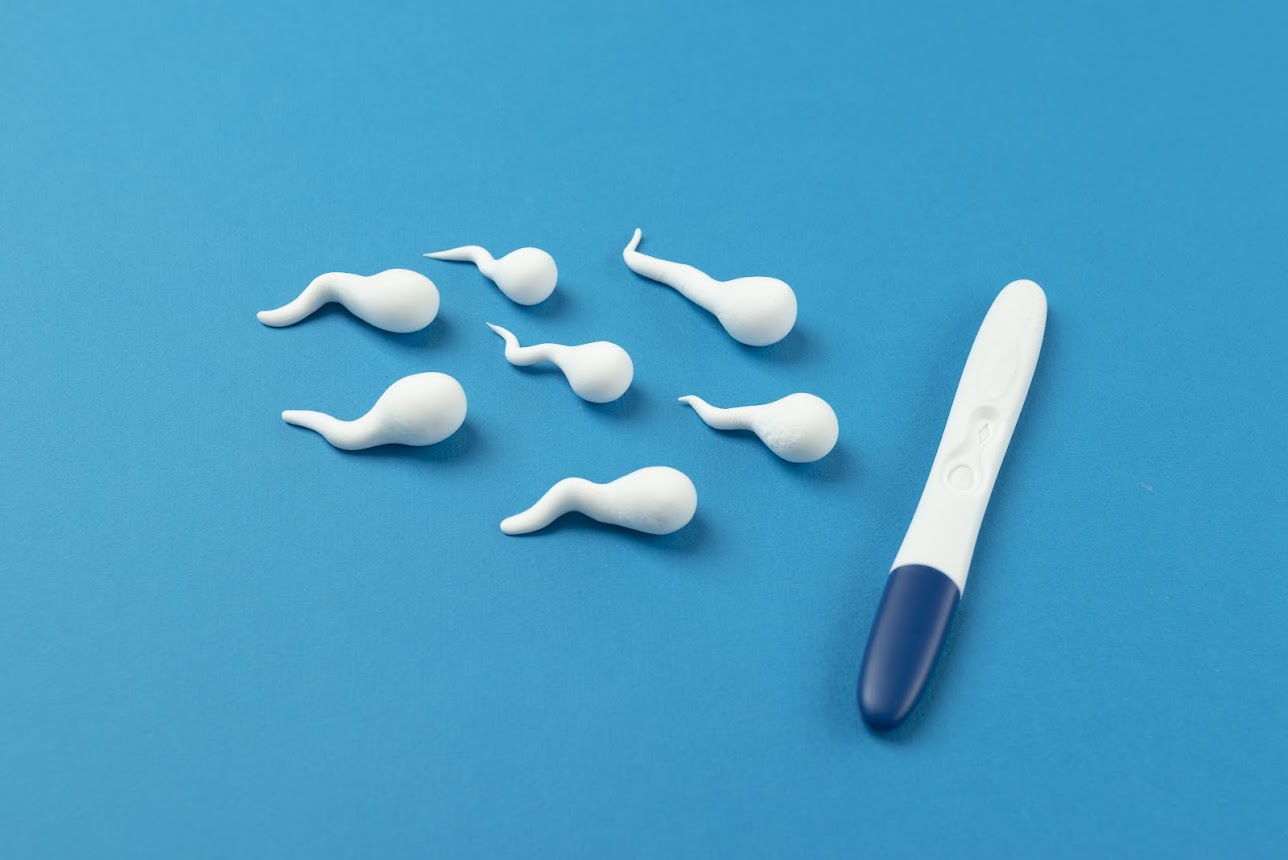
A vasectomy is a safe and effective birth control surgical procedure for men. It works by blocking the vas deferens (the tubes that carry sperm cells) to prevent pregnancy. During the vasectomy procedure, the vasa are segmentally excised and ligated, stopping sperm from mixing with semen.
There are 2 types of vasectomy, which are a conventional vasectomy using a scalpel (surgical knife) and a no-scalpel vasectomy. The primary purpose of vasectomy is to prevent pregnancy. The thought of having a vasectomy can be daunting and involve many unknowns.
In this article, Gleneagles Hospital Kuala Lumpur's Resident Consultant Urologist explains the intricacies of what you need to know before having a vasectomy.
A vasectomy is generally a quick procedure that takes about 20–30 minutes to complete. It is usually done under local anaesthesia, meaning you will be awake but the area is numbed to prevent pain. Patients are typically discharged on the same day and can return home shortly after the procedure.
Most men recover quickly after a vasectomy. You may experience mild pain, swelling, or bruising around the scrotum, but these symptoms usually subside within a few days. Light activities can often be resumed within 1–2 days, while full physical activity or exercise should be avoided for about a week. Sexual activity can usually be resumed after one week, provided you feel comfortable. However, alternative contraception should still be used until your semen analysis confirms that no sperm are present.
With a vasectomy, the occlusion of sperm delivery will have absolutely no impact on a man’s health. The libido of the man will not be affected, as the level of testosterone remains unchanged.
Adding to this, the blood supply to the penis is also unaffected after vasectomy, resulting in no changes to the quality of erection post procedure.
Lastly, even the volume and texture of semen remain the same. This is because the prostate and seminal vesicles predominantly determine the production and delivery of semen, therefore, the ligation of the vas deferens will not visibly alter the semen production.
In conclusion, a vasectomy only prevents sperm from mixing with semen to prevent pregnancy. It does not interfere with libido, erection, orgasm, or ejaculation. For men seeking a permanent and reliable form of birth control, a vasectomy is safe and does not compromise sexual or general health.
Vasectomy reversal is a common operation carried out if couples change their minds about family planning. This is also a common surgical procedure carried out when a man with a vasectomy decides to start a new family with a new partner.
Although the procedure for the reversal of vasectomy is not as straightforward as the initial vasectomy, advancements in microsurgery have made successful reversals possible.
Most vasectomies are performed under local anaesthesia with minimal post-operative care. However, the reversal can only be carried out under general anaesthesia with much longer post-operative precautions. Occasionally, men can also choose to store their sperm with sperm-banking services. This provides an alternative option to avoid undergoing a reversal, if circumstances change.

A vasectomy will certainly impact the quality of sperm. The longer the interval after vasectomy, the poorer the quality of sperm would be after the reversal. The prolonged pressure in the sperm-delivering systems seems to affect the number, motility, and morphology of the sperm, following vasectomy.
Usually, the sperm quality remains reasonable within the ten years after a vasectomy. However, the quality of sperm drops significantly beyond twenty years of vasectomy. On many occasions, the sperm quality may be unsuitable for natural conception following the reversal which makes assisted support methods such as in-vitro fertilisation (IVF) a recommended option.

Firstly, the patients need to be certain this is the form of contraception they are willing to take on. The advantages of vasectomy over tubal ligation in women are enormous. The procedure is not as risky, with less pain and complications in vasectomy; especially as this procedure can easily be done under local anaesthesia. Men who undergo vasectomy need to know the complication rate of the operation is as low as 2%.
The short-term complications may include mild pain and bleeding and complications are usually short-lived. Men who undergo vasectomy also need to know they need to produce semen to confirm the success of the operation through a semen analysis.
On rare occasions, which happens in one in two thousand men, the cut vasa will somehow rejoin itself. This can cause the operation to fail. Hence, until it is shown that the semen does not carry sperm cells, men who undergo vasectomy should continue using their present method of contraception if they have sexual intercourse (sexual intercourse can usually be resumed in about a week post vasectomy procedure).
The cost of a vasectomy in Malaysia varies depending on the hospital, the type of vasectomy performed, and the type of anaesthesia used. On average, patients can expect to pay RM 10,000 onwards. At Gleneagles Hospital Kuala Lumpur, costs will also depend on whether the procedure is done as part of a day surgery package and the level of post-operative care required.
For an accurate estimate tailored to your needs, we recommend contacting our specialists for a consultation.
At Gleneagles Hospital Kuala Lumpur, your health, comfort, and peace of mind are our top priorities. The experienced urologists provide safe, precise, and minimally invasive vasectomy procedures with dedicated post-operative care to support faster recovery. Whether you are considering vasectomy as a permanent contraceptive choice or wish to explore your options, our specialists are here to guide you every step of the way.
Take the first step towards a confident decision. Book your consultation with the top urology specialists at Gleneagles Hospital Kuala Lumpur today.

Wait a minute

Wait a minute